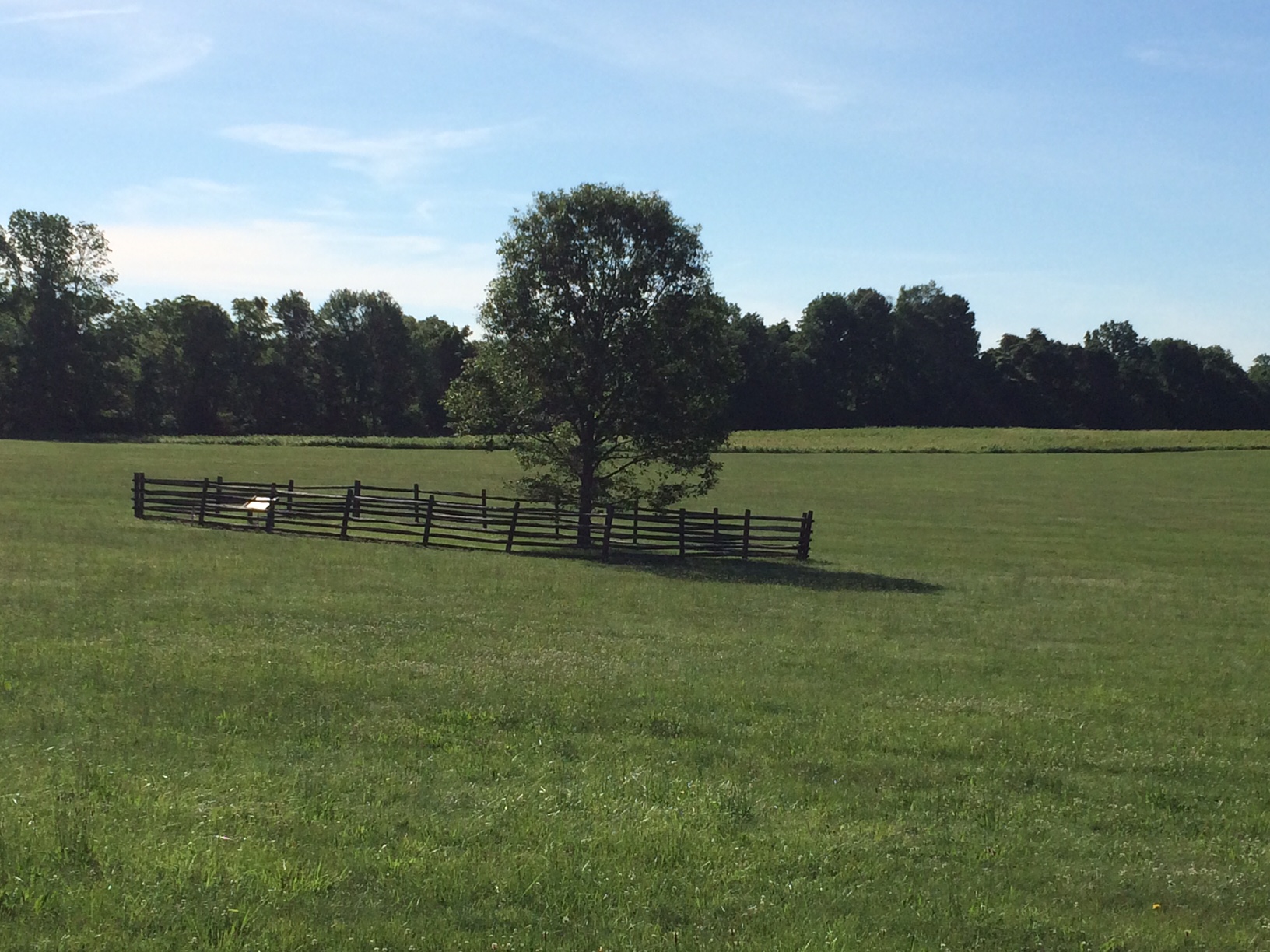Theodore Gaudig stood in the open bay at the future home of the Princeton First Aid and Rescue Squad, staring wide-eyed at the ambulance and the rescue truck.
Four-year-old Theodore and his parents, who moved into their new home on Valley Road a couple of weeks ago, leaped at the chance to take a sneak peek at the building during a special open house Sept. 1.
“Theodore is a big fan of the trucks. We had to see what it looks like. His grandfather is a fireman. That’s why he is so interested,” said Theodore’s mother, Maren Gaudig.
So when volunteer emergency medical technician Adam Musa showed him the jaws of life, which is a tool that rescuers use to cut victims out of wrecked cars, Theodore smiled from ear to ear.
Theodore and his parents were among the dozens of visitors to the new Princeton First Aid and Rescue Squad building – still under construction – on the corner of Valley Road and Mount Lucas Road. Work is expected to be completed by mid-December.
The open house was intended to introduce visitors to the squad’s new headquarters, and also served to kick off the public fund-raising effort to pay for it, said Princeton First Aid and Rescue Squad President Mark Freda.
The public fund-raising campaign seeks to raise $3 million toward the $7 million price tag for the new building. The group has already raised some money for the building through donations from institutional and individual donors, Freda said.
At 15,000 square feet, the new building is triple the size of the Princeton First Aid and Rescue Squad’s present building on N. Harrison Street, next to the Princeton Shopping Center. It has been the squad’s home since 1963.
But the squad’s nine career emergency medical technicians and its 80 or so volunteer emergency medical technicians have outgrown the building, which is about 5,000 square feet.
Some of the squad’s vehicles are housed inside the building, and the rest of the equipment is stored under awnings alongside of it. There are four ambulances, a rescue truck, a rescue trailer, a boat and two utility vehicles.
When the Princeton First Aid and Rescue Squad moves into its new home in a few months, all of that equipment will fit inside the building. The garage area is deep enough to accommodate two vehicles in each bay.
But that’s not all that is inside the four bays that front on Valley Road, said Freda, a longtime volunteer with the Princeton First Aid and Rescue Squad.
Along one wall, there is a training area where members can practice special rescue skills, Freda said. They can practice their skills in rescuing victims from confined spaces, as well as other special rescue training.
Meanwhile, entering the front door of the building on what had been the short section of Terhune Road between Mount Lucas Road and Route 206, one wall will hold plaques honoring the building’s donors.
A memorial to Michael Kenwood, the only Princeton First Aid and Rescue Squad member to die while on duty, also is planned for the entrance, Freda said.
Kenwood, who was a volunteer, drowned in Stony Brook as he attempted to rescue victims from a flooded car during Hurricane Irene in 2011. The car, however, was empty and no one was trapped inside.
The new building has a kitchen and dining area for the career emergency medical technicians and the volunteers, Freda said. Also, there is a community room that can be used for training purposes.
There is a conference room, and a “duty room” with desks and computers so the crew that is on duty can fill out paperwork after a call is completed. Nearby, there are offices for the president, the chief and the development officer.
Since volunteers who have signed up for an overnight shift need a place to sleep, there are six bunk rooms. There are typically three to six volunteer emergency medical technicians on an overnight shift, but the bunk rooms can accommodate as many as 12 volunteers, Freda said.
There is a gym or workout room, and a social room with a TV and comfortable seating, Freda said. Off the social room, there is a quiet room for volunteers who may need to study. Many of the volunteers are college students.
“We put a lot of thought into what we think is needed to make the building as attractive to the volunteers as possible,” Freda said, adding that those amenities will help to attract volunteers and keep them.

